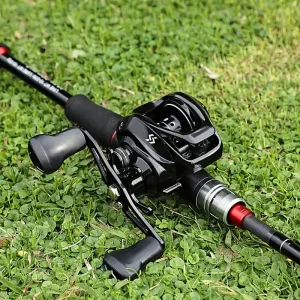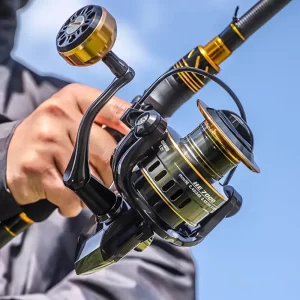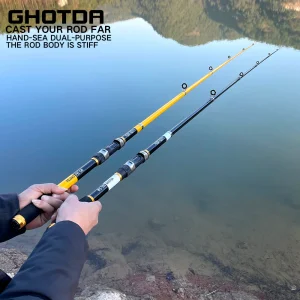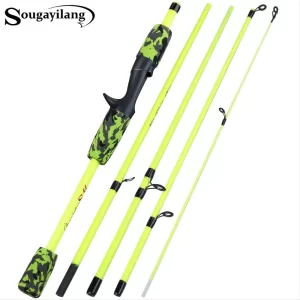Fishing is an art that combines skill, patience, and the right equipment, with bait playing a pivotal role in the success of any fishing endeavor. The importance of bait cannot be overstated, as it is the primary lure that attracts fish to the hook. If you want to understand the types, differences and functions of fishing lures, the following text will definitely help you
Types of Fishing Bait
Fishing baits can be broadly categorized into live bait, dead bait, and artificial bait. Each type has its own set of advantages and is suited for different fishing conditions and target species.
- Live Bait: Live bait includes small fish, worms, prawns, and insects that are used alive. The movement and scent of live bait are highly effective in attracting predatory fish. Common live baits include prawns, yabbies, worms, and small fish like yellowtail and mullet. The key to using live bait is in its presentation; it must mimic the natural movement of the bait in the water to be effective.
- Dead Bait: Dead bait refers to natural bait that is no longer alive. This can include pieces of fish, squid, and other sea creatures. While it may lack the movement of live bait, the scent of dead bait can still be very attractive to fish. Dead bait is often used in bottom fishing or in situations where live bait is not available or practical.
- Artificial Bait: Artificial baits, or lures, are man-made baits designed to mimic the appearance and sometimes the movement of prey. These include plastic worms, spinnerbaits, and soft plastics. The advantage of artificial baits is their durability and the ability to target specific species based on the design and action of the lure.
Differences in Fishing Bait
The choice between live, dead, and artificial bait often comes down to the target species, the fishing environment, and personal preference. Live bait is generally considered the most effective in terms of attracting fish due to its natural movement and scent. However, it requires more effort to obtain and maintain. Dead bait is more convenient and can be very effective, especially when fresh. Artificial baits offer the greatest versatility and can be used repeatedly, making them a cost-effective option over time.
Functions of Fishing Bait
The primary function of any fishing bait is to attract fish. This is achieved through a combination of scent, movement, and visual appeal.
- Scent: Many species of fish rely heavily on their sense of smell to find food. Bait that emits a strong, natural scent can be irresistible to these fish.
- Movement: Predatory fish are attracted to the movement of prey. Live bait naturally moves in the water, simulating the actions of the fish’s natural food sources. Artificial baits are designed to mimic this movement through various means, such as wobbling, vibrating, or darting actions.
- Visual Appeal: The appearance of the bait can also attract fish, especially in clear water conditions where fish can see the bait from a distance. Bright colors, reflective surfaces, and realistic designs can all enhance the visual appeal of the bait.
The choice of bait is a critical factor in fishing success. Understanding the types, differences, and functions of fishing bait can help anglers make informed decisions about what bait to use in various fishing scenarios. Whether opting for live, dead, or artificial bait, the key is to present it in a way that is most appealing to the target species. With the right bait and technique, anglers can significantly increase their chances of a successful catch.







